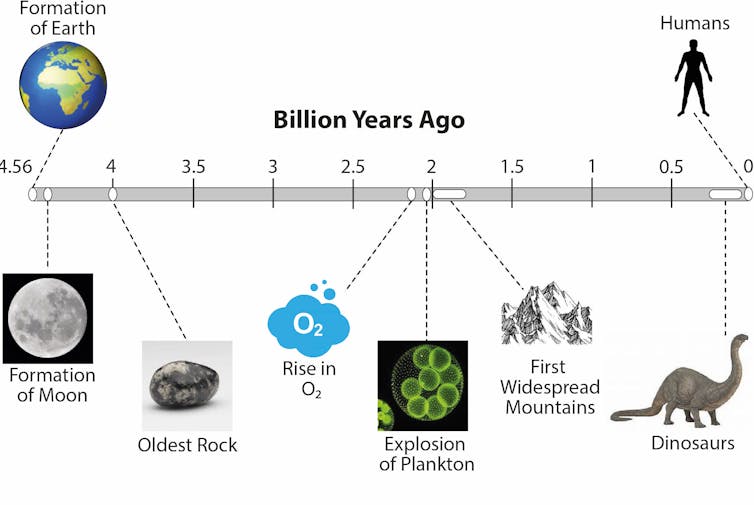Did you know that there are hundreds of earthquakes every single day, not always strong enough for us to notice them? Then there are some massive ones that cause huge damage and loss of life. These terrifying events raise many questions; here are some answers.
Whose ‘fault’ is it when an earthquake happens?
The surface of the Earth is made of kilometres of hard rock broken into a puzzle of moving pieces called tectonic plates, which sit on a sea of hot, liquid rock that rolls as it cools, pushing the plates around. Earthquakes and volcanoes occur on the surface where they meet.
Plates are always technically in motion but are usually locked together, building stress until something underground snaps, freeing them to slide along known lines of fractured rock called faults, that can run for kilometres.
When the pressure suddenly releases and the plate moves, energy explodes into the surrounding rock.
o
 To read more, click here...
To read more, click here...

